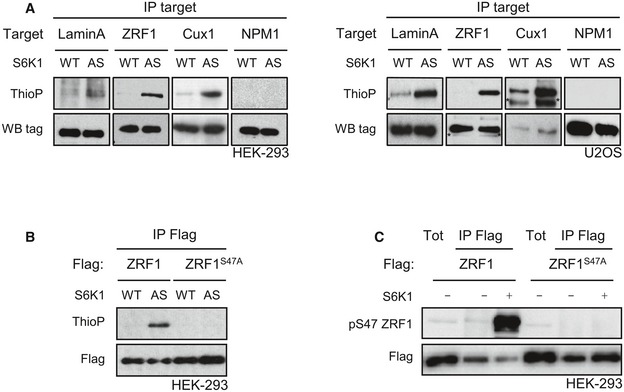Figure 5. Analogue‐specific S6K1 mutation to screen for direct in vivo substrates.

- HEK293 cells stably expressing myc‐WT‐S6K1 (WT) or myc‐AS‐S6K1 (AS), or U2OS transduced with adeno‐myc‐WT‐S6K1 (WT) or adeno‐myc‐AS‐S6K1 (AS), were transfected with tagged forms of candidates (lamin A, ZRF1, CUX1, NPM1). In vivo kinase assay were performed in the presence of 6‐Bn‐ATP‐γ‐S. After immunoprecipitation, the thiophosphorylation was revealed by Western blot using an anti‐thiophosphate ester antibody. * indicates unspecific band.
- HEK293 cells stably expressing myc‐WT‐S6K1 (WT) or myc‐AS‐S6K1 (AS) were transfected with Flag‐tagged forms of ZRF1 or a mutant of ZRF1, ZRF1S47A. In vivo kinase assay was performed in the presence of 6‐Bn‐ATP‐γ‐S. After immunoprecipitation using an anti‐Flag antibody, the thiophosphorylation was revealed by Western blot using an anti‐thiophosphate ester antibody.
- HEK293 was transfected with Flag‐ZRF1WT or Flag‐ZRF1S47A mutant plasmids. Twenty‐four hours post‐transfection, cells were starved overnight and treated for 3 h with Torin 1 (100 nM). After immunoprecipitation with anti‐Flag antibody, an in vitro kinase assay was performed with a recombinant active S6K1. ZRF1 phosphorylation was analysed by immunoblotting.
